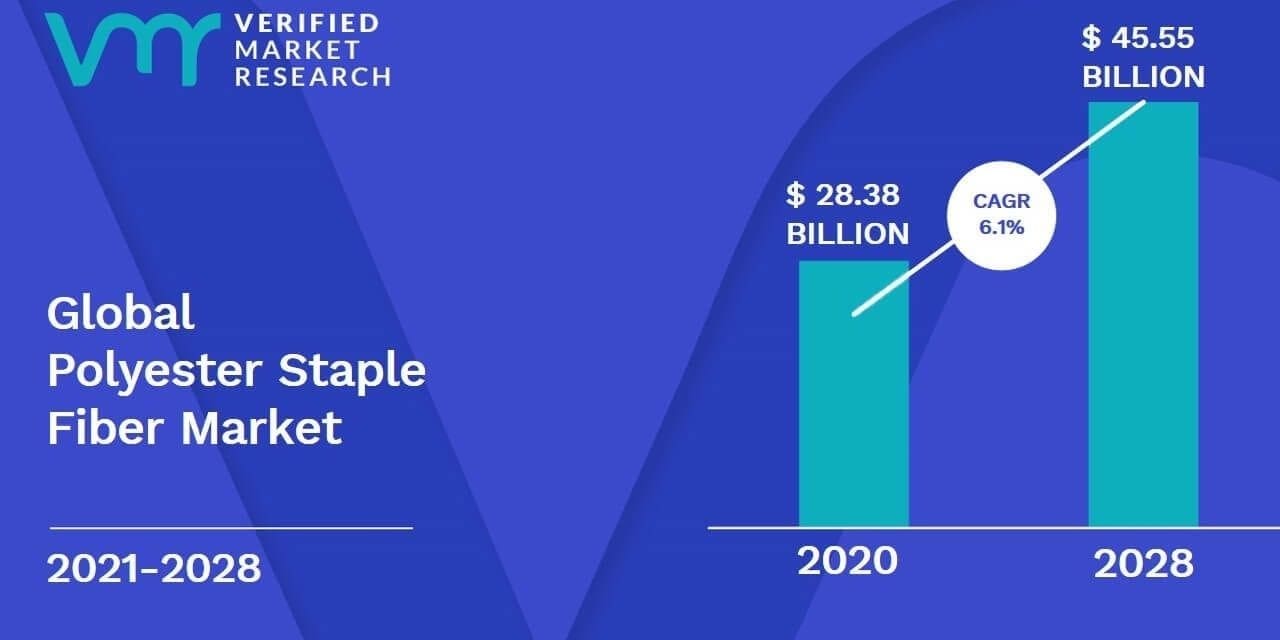The research report on the Global Polyester Filament Yarn Market added by Reports and Data to its extensive database offers a comprehensive analysis of the market dynamics including current and future trends, current factors driving and restraining market growth, and expert validated market data. The global Polyester Filament Yarn Market is expected to reach USD 91.76 Billion by 2028, according to a new report by Reports and Data. The growth of the market is attributed to the increasing applications of polyester filament yarns amongst the end-users.
The increasing use of polyester filament yarn in the textile industry is likely to drive the growth of the market in the upcoming years. The polyester filament yarns possess good elasticity, shape retention, wrinkle resistance, exceptional wash & wear performance, washability, and longevity, among others, and as a result, find extensive application in various types of apparel fabrics. It is used to make fashionable dresses, weather-resistant clothing, and is a preferred material for children’s wear.
Growing demand from the construction industry is likely to boost the market demand. Polyester Fiber Reinforced Concrete (PFRC) is used in cement concrete pavement material. Polyester filament yarns are resistant to alkali attacks, and PFRC finds usage as overlays and in pavement quality concrete. The application of fibers may result in a cement saving of nearly 10.0%, and with fly ash, the cement saving may be increased to about 35.0%. Polyester filament yarns, owing to their non-biodegradable property, are used in cement concrete road works, thereby assisting in the conservation of the environment.
The global materials & chemicals industry involves the production, distribution, sales, and consumption of industrial chemicals, specialty chemicals, commodity (bulk) chemicals, and raw materials such as natural gas, oil, paper & pulp, and metals & minerals. Growth of the global materials & chemicals industry is mainly attributed to fast-paced industrialization and extensive usage of bulk petrochemicals, electronic chemicals, polymers, inorganic chemicals, fertilizers, adhesives, sealants, coatings, and various other products in different industries including oil & gas, pharmaceutical, food & beverage, cosmetics & personal care, textile, manufacturing, petrochemical, and water, and wastewater treatment industries. Technological innovations in the electronics and semiconductor industries, rising demand for nanomaterials, and increasing preferences for environmentally sustainable chemicals and materials are other major factors contributing to the global materials & chemicals industry growth.

